Ceratostigma Plumbaginoides Profile
Written by Lisa
Nov 09 2020
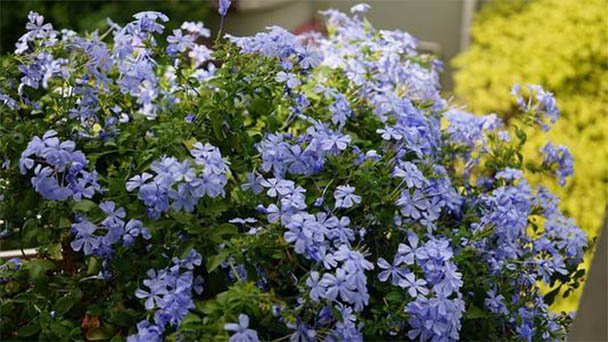
Ceratostigma plumbaginoides Bunge, a perennial erect herb, belongs to the plumbaginaceae and blue snow genus. Ceratostigma plumbaginoides grows strong good resistant to high temperature and humidity. It has fewer pests and diseases problem with long viewing period. The leaf color is emerald green, the flower color is elegant, and the hot summer gives people a cool feeling. Potted Ceratostigma plumbaginoides can be used to decorate the room and balcony.
Ceratostigma Plumbaginoides Picture
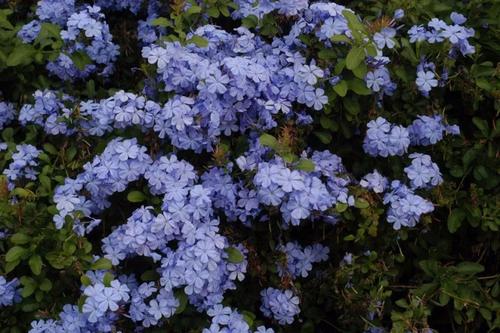
Ceratostigma plumbaginoides Morphological Characteristic
Ceratostigma plumbaginoides is a perennial erect herb, usually about 20-30 cm high. Several newer branches grow from the upper end of the underground stem close to the ground at several nodes each year to become the above-ground stems. The underground stems have many branches, about 2-3 mm in diameter, with reddish brown to brown scales on the nodes, the scales are ovoid and the base is holding the stem.
Above-ground stems are thin and weak (often thinner than underground stems), without branching or branching, without bud scales at the base of the stems and branches, somewhat zigzag along the nodes, slightly ribbed or with more obvious grooves in the upper internodes, the upper part There are sparse bristles on the edges, covered by fine calcium particles.
The leaves are broadly ovate or obovate, the ends of the branches are smaller, the apex is acuminate or occasionally obtusely round, the base is narrowed and then tapered or only tapered, glabrous or nearly glabrous on both sides except the edges, often with fine calcium Particles.
The inflorescence is born on the short stalk of the branch tip and the upper 1-3 node leaf axils. The base is tightly supported by a lanceolate to oblong leaf, containing 15-30 or more flowers, and often 1- 5 Flowers open; bracts are 6.5-8 mm long, 3-3.5 mm wide, long ovate, apex acuminates into a short thin tip, small bracts are 8-9.5 mm long, 3-3.5 mm wide, narrow and oblong to elongated egg Shape, apex with slender; calyx is 13-15 mm long, the middle diameter is about 1.5-2 mm, there are sparse long bristles along the veins, the lobes are about 2 mm; the corolla is 25-28 mm long, the tube is purple-red, the lobes are blue Color, inverted triangle, 8 mm long, 8 mm wide at the apex, with a shallow apex and a narrow triangular short tip extending along the midrib; filaments extend slightly beyond the throat of the corolla, and the anthers are about 2 mm long, blue; Ovary ellipse, styles of different lengths, short stigmas are not exposed, long stigmas extend above the anthers
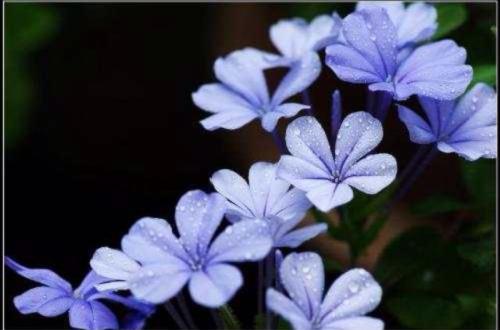
The capsule is oval-ovate, light yellow-brown, about 6 mm long; the seeds are red-brown, rough, and ribbed, and the tip is about 1/3 tapered into a beak. Flowering from July to September, fruiting from August to October.
Ceratostigma plumbaginoides Growth habit
Ceratostigma plumbaginoides is born in the foothills of shallow mountains and peaceful ground. Sex likes warmth, heat resistance, and cold tolerance. In North China and other temperate regions, there is an objective flower cultivation for temperature. The optimum temperature for growth is 25℃. It likes light and is slightly tolerant to sunlight. Its growth is unfavorable and moderately drought-tolerant. It is suitable to grow on sandy loam rich in humus and unblocked drainage.
Ceratostigma plumbaginoides Geographical distribution
Ceratostigma plumbaginoides is native to South Africa. It is cultivated everywhere, and many places in southern China use it as open field cultivation, but in the north it needs to be cultivated in a greenhouse.
Cultivation methods of Ceratostigma plumbaginoides
Ceratostigma plumbaginoides can be propagated by sowing, cutting and ramification. Cuttings and ramets are often used for propagation. Cuttings can be carried out in spring, early summer or late summer, and cuttings are generally carried out in May to June. The suitable temperature for rooting is 20. C~25℃, take root about 20~28 days after insertion
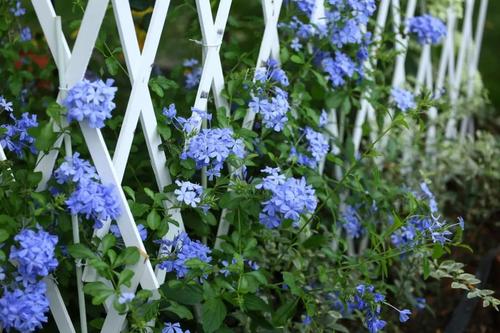
Pest Control of Ceratostigma plumbaginoides
It is mainly caused by mites, so that the leaves are rolled inward and can be controlled by applying acaricides. During the seedling period, after true leaves appear, spray the leaf surface with 0.01% peptidergic nitrogen, which will grow faster; after seedlings, spray 0.1% peptidergic nitrogen once a week. For daily water management, pour thoroughly, keep the soil moist or slightly dry, not too wet. The roots are susceptible to root-knot nematode damage, so please note that the soil should be disinfected before use. 80% Z can be used during the onset period. Spray bromochloropropane EC dilution liquid on the soil surface. Insect pests include scale insects, which can be controlled by spraying with 25% imidophos EC 1000 times. 14~18 weeks from sowing to flowering in 10cm pots.
Ornamental value of Ceratostigma plumbaginoides
The leaves of ceratostigma plumbaginoides are emerald green and the flower colors are elegant. Ceratostigma plumbaginoides give people a cool feeling in the hot summer. Potted Ceratostigma plumbaginoides can be used to decorate the room and balcony. Mature plants with overhanging branches are more suitable for combined potted plants in large containers. Ceratostigma plumbaginoides are mostly used for environment layout around stadiums, roads, overpasses and other major sections. They can also be planted on the edge of forests or decorated with lawns.
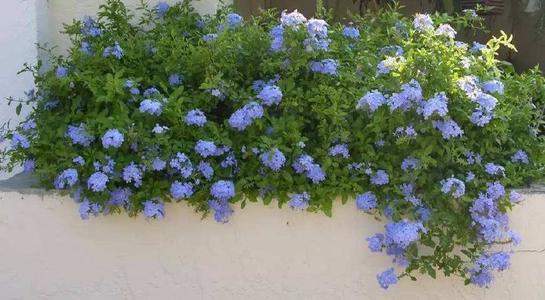
Latest Updated
- Benefits of Bugleweed - 7 Science-backed Health Benefits
- Bugleweed Dangers & Side Effects - Is It Poisonous?
- How to Plant Evergreen Trees - What You Should Know
- When to Plant Evergreens - Grow Guide for Evergreen Trees
- 12 Wonderful Evergreen Shrubs for Your Garden
- 12 Popular Evergreen Plants with Pictures for Beginners
- When And How To Prune A Lilac Bush Like a Pro
- How to Grow & Care for Lilac Vine (Hardenbergia Violacea)
- Japanese Lilac Tree (Syringa Reticulata) Care & Propagation Guide
- Shumard Oak Pros and Cons - What to Know
Popular Articles
- Winter maintenance of Antirrhinum Majus
- How to Grow Terminalia Mantaly Tree
- How to Grow and Care for Crossostephium Chinense
- How to grow Antirrhinum Majus in spring
- Peristeria Elata (Dove Orchid) Profile: Info & Care Guide
- Underwatered Snake Plant (Sansevieria Trifasciata) - Signs And How To Fix
- How to Care for Brazilian Jasmine Plant (Mandevilla Sanderi)
- How to Grow & Care for Graptopetalum Purple Delight in Summer
- Rosa Chinensis (China Rose): Plant Growing & Care Tips
- How to Care for Baby Sun Rose (Aptenia Cordifolia)